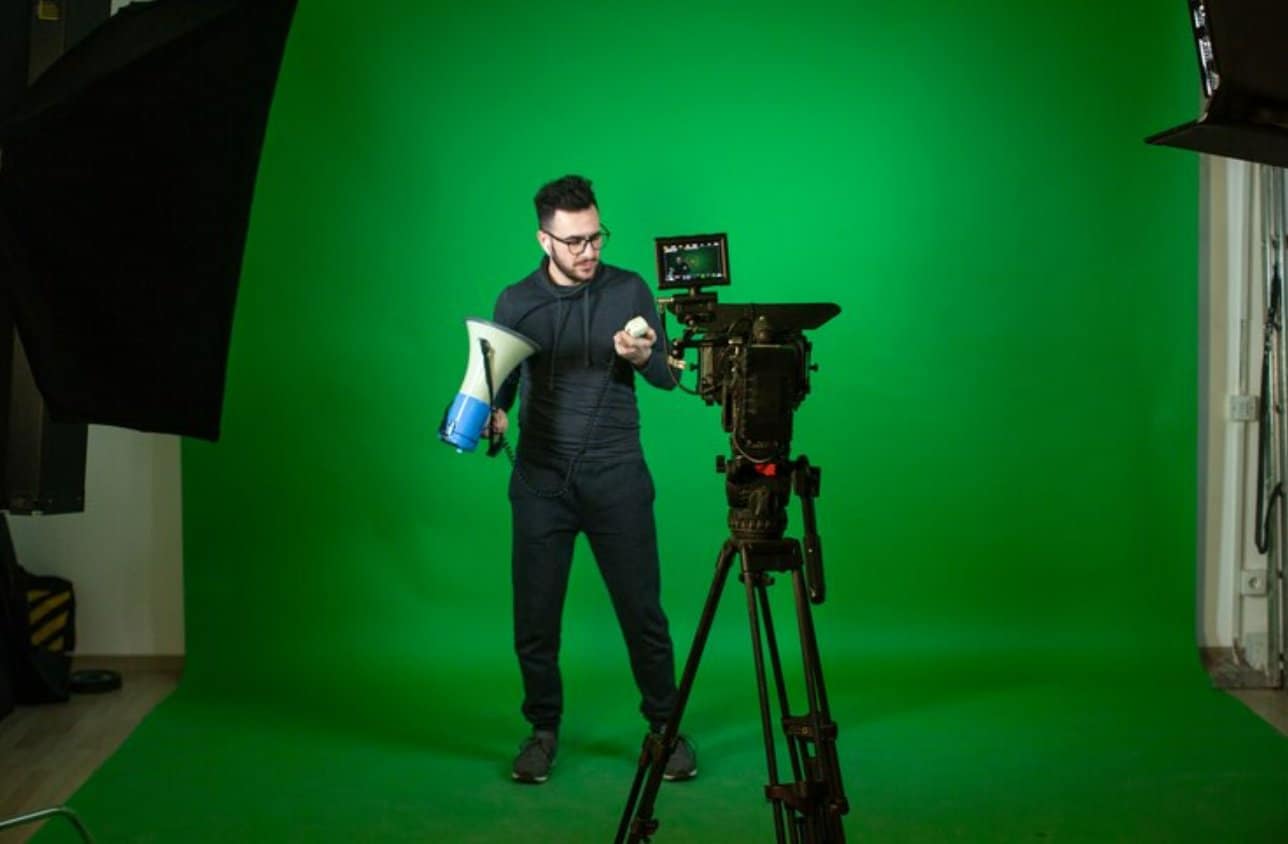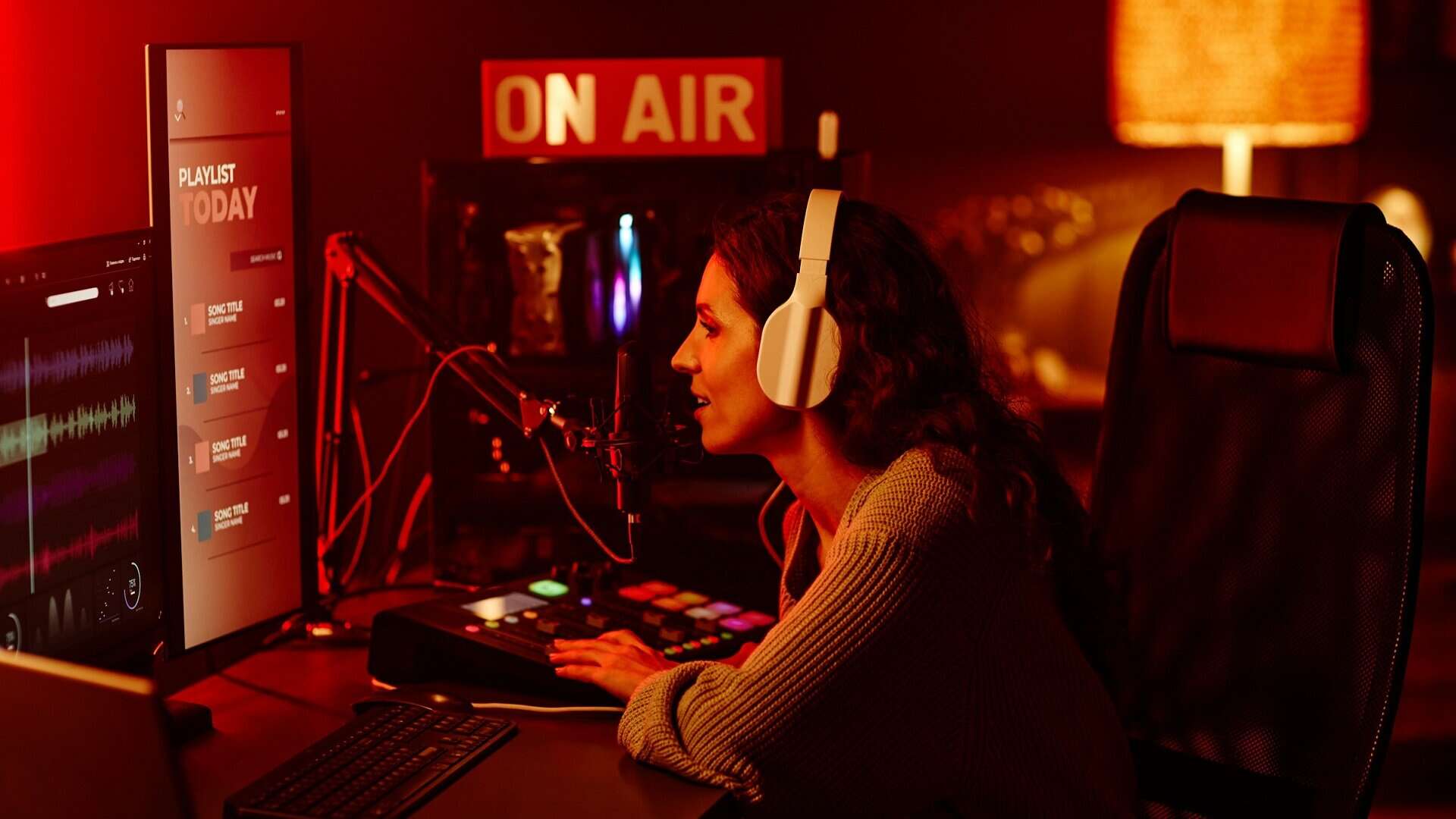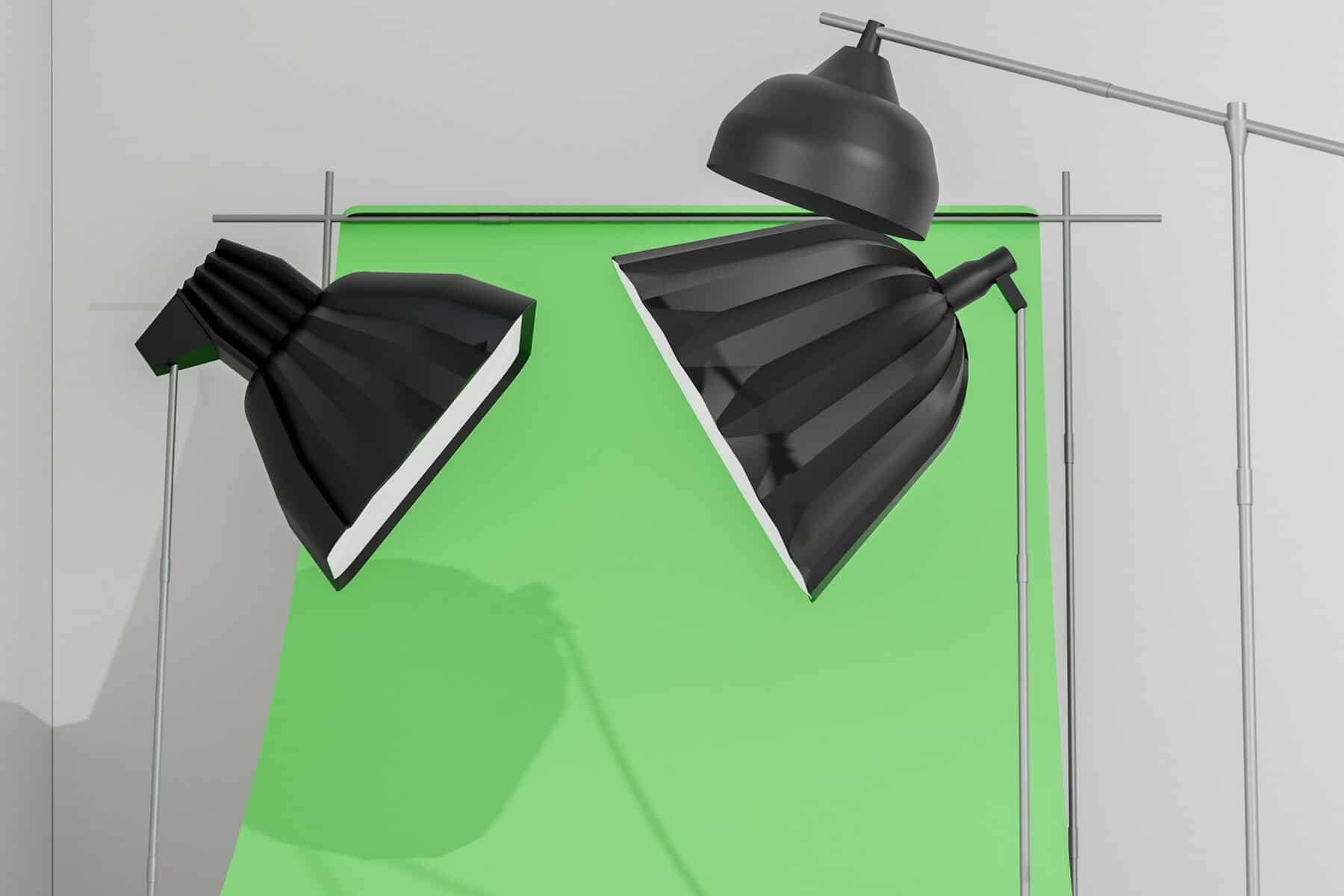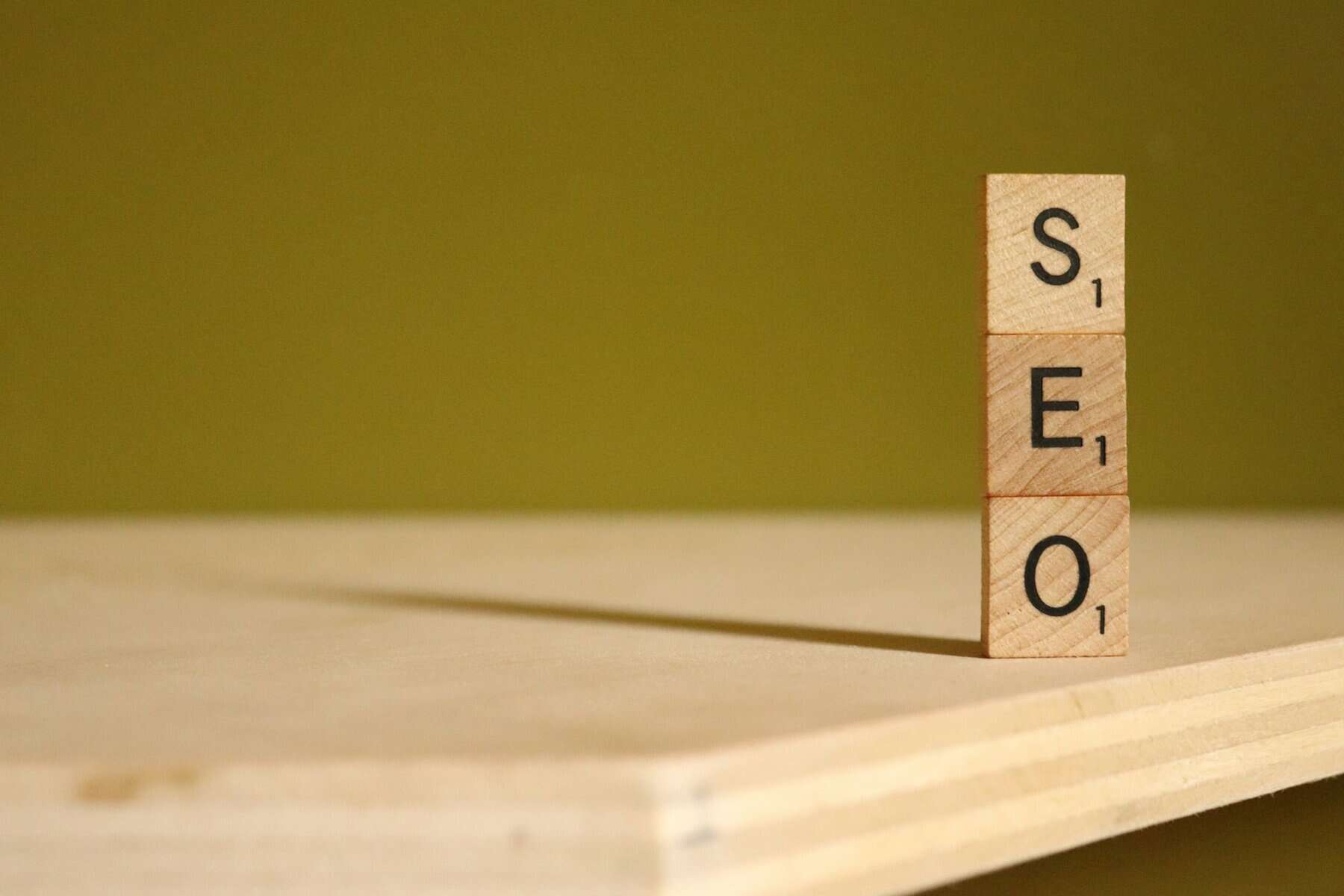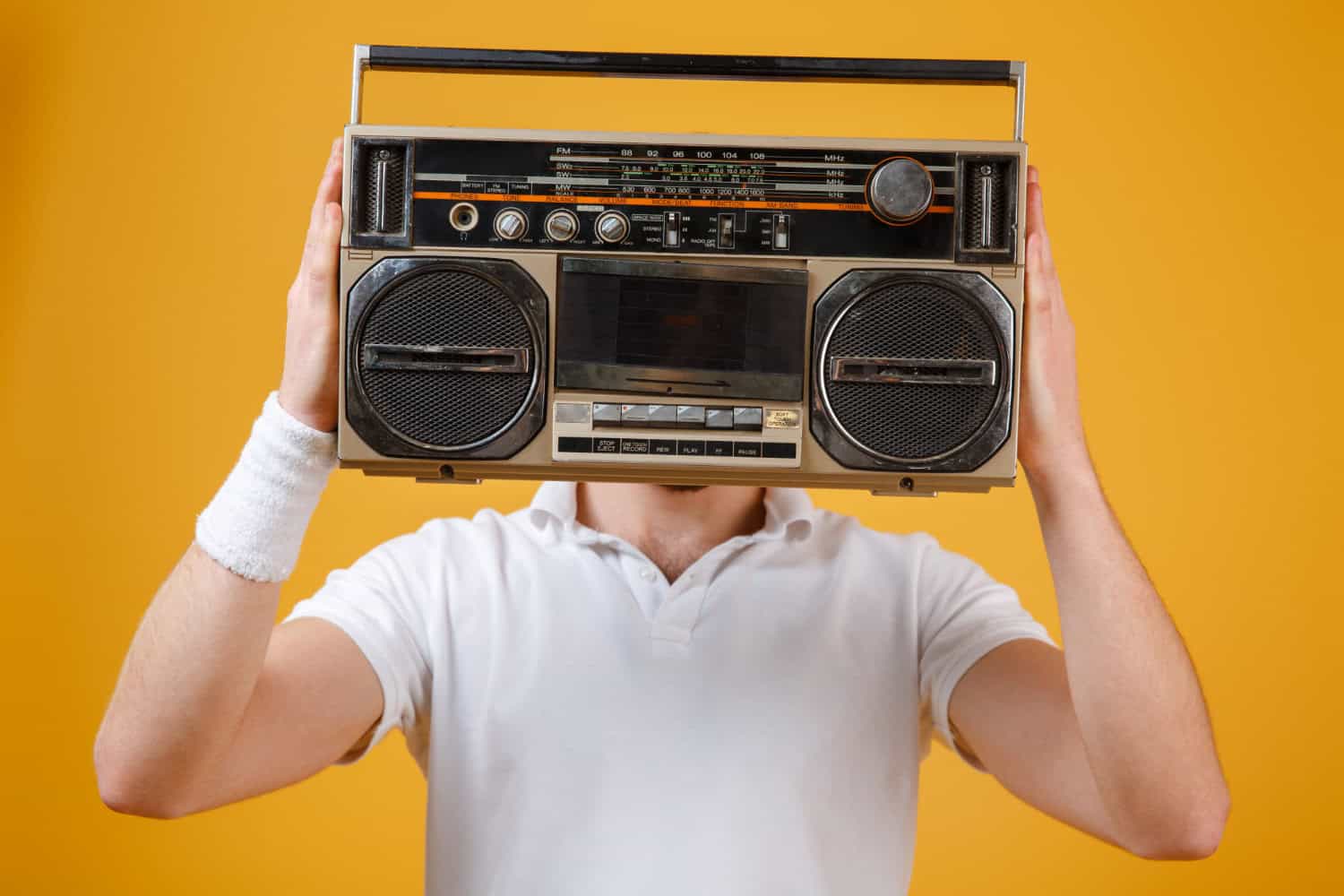Commercial HVAC businesses are always looking for smarter ways to connect with the right people. When you’re trying to reach property managers or operations leads, blasting a message on every channel doesn’t always work. That’s where LinkedIn can quietly do more than you’d expect.
Unlike large platforms that cast a wide net, LinkedIn lets us focus on key decision-makers, the people who actually call when something breaks or needs to be replaced. And when it comes to getting noticed, strong visuals play a big part in helping our message land. That rings especially true during December, when marketing teams are indoors juggling holiday schedules and winter delays. Shooting campaigns with a green screen studio rental in Cincinnati helps us keep everything on track. Our videos stay clean, light stays consistent, and we don’t have to deal with the snow or wind.
Targeting the Right Audience on LinkedIn
The biggest strength of LinkedIn is how specific we can get. Instead of hoping someone scrolling on their lunch break sees our HVAC message, we can target building engineers, plant managers, and business owners by job title. That matters. We’re not wasting time on people who aren’t responsible for keeping the heat running or planning next year’s upgrades.
• Commercial property groups often have teams in place for maintenance
• LinkedIn targeting lets us focus on decision-makers, not just browsers
• Fewer wasted clicks means leads that are actually ready to talk
By filtering out the distractions that come with general ad platforms, we can talk directly to the people who know exactly what they’re looking for. That saves time on both sides and leads to better conversations.
Why Commercial HVAC Content Needs a Different Approach
Not all ads work the same way. Selling gift cards or apps is different from talking about facility systems. Commercial HVAC ads need to sound steady, helpful, and clear. No fluff. Big promises turn people off. A calm tone builds trust.
That’s why we like to pair our visuals with jingles or quick voice overs. These simple audio cues help keep the viewer relaxed. A short, well-timed jingle can add warmth, especially in colder months when people are already juggling year-end projects.
• Use plain language that fits how people talk at work
• Match the tone to what your audience needs, dependability, not hype
• Add a friendly or calm jingle to build connection without overdoing it
LinkedIn isn’t the place for bright flashing buttons or over-the-top language. We aim for helpful, human, and memorable.
Making Your Ads Feel Local and Seasonal
We’ve found that small seasonal changes in our messaging can make a big difference. In December, conversations often shift toward things like heating checks, sudden breakdowns, or prepping older systems for winter freezes. Mentioning these concerns in a soft way helps your ad feel more timely and useful.
Using a green screen studio rental in Cincinnati gives us the freedom to film what we need without stressing about the weather. It’s not fun trying to capture clean footage when it’s snowing sideways or dark at 4:30 in the afternoon.
• Location-specific content makes ads feel personal, not generic
• Filming indoors gives us quiet, steady visuals that work all season
• Good sound quality keeps jingles and voice lines clean and easy to remember
The better your production quality, the more likely people will trust your message. You don’t need big graphics or big effects, consistency and clarity go a long way.
Killerspots Agency specializes in both local and national HVAC campaign messaging with a focus on creative visuals, concise copy, and turn-key studio services for video or audio intended for professional platforms like LinkedIn. Our Cincinnati studio offers full post-production, scripting, and in-house voice talent tailored to the commercial HVAC space.
Post-Click Matters: What Happens After They See the Ad
Getting someone to click is just the start. What they hear and see next shapes how they feel about calling. If the tone shifts or gets too pushy, they may leave right away. But if your phone greeting, hold music, and first reply all sound like the ad they clicked on, it’s a much smoother experience.
Short jingles are great for bridging that gap. If the same voice or melody plays when they call, it feels familiar. That little connection can be enough to keep someone on the line.
• Keep your follow-up tone the same as your ad, clear, calm, and helpful
• Use voice overs or jingles from your ad again on the phone or landing page
• Don’t try to sell too hard after the click, let the consistency do the work
It’s easy to overlook what happens after the ad, but that’s often where trust is built or lost. A good ad is only the beginning.
Quiet Tools, Big Results
LinkedIn doesn’t shout. It doesn’t try to grab everyone’s attention. And sometimes that’s exactly why it works. For commercial HVAC, we don’t need loud. We need clear, calm, and thoughtful.
By matching our message with the right visuals, the right tone, and even the right season, we give our ads a better shot at reaching the people who matter. Using smart tools like focused targeting and quiet jingles helps us build stronger leads without trying to overpower the noise. And when we pair that with strong visuals from a warm indoor studio, we set ourselves up for a steady close to the year.
To plan ahead for winter shoots or talk through your next sound-focused campaign, call us at 513-270-2500.
Book Your Video or Jingle Shoot With Us
Planning your next HVAC campaign and seeking reliable ways to maximize your impact? Leverage our green screen studio rental in Cincinnati to ensure top-notch visuals without the hassle of winter weather. At Killerspots Agency, we provide the expertise you need to develop compelling, consistent content that captures the attention of decision-makers. Connect with us today to discuss how our professional studio services can elevate your seasonal messaging.


